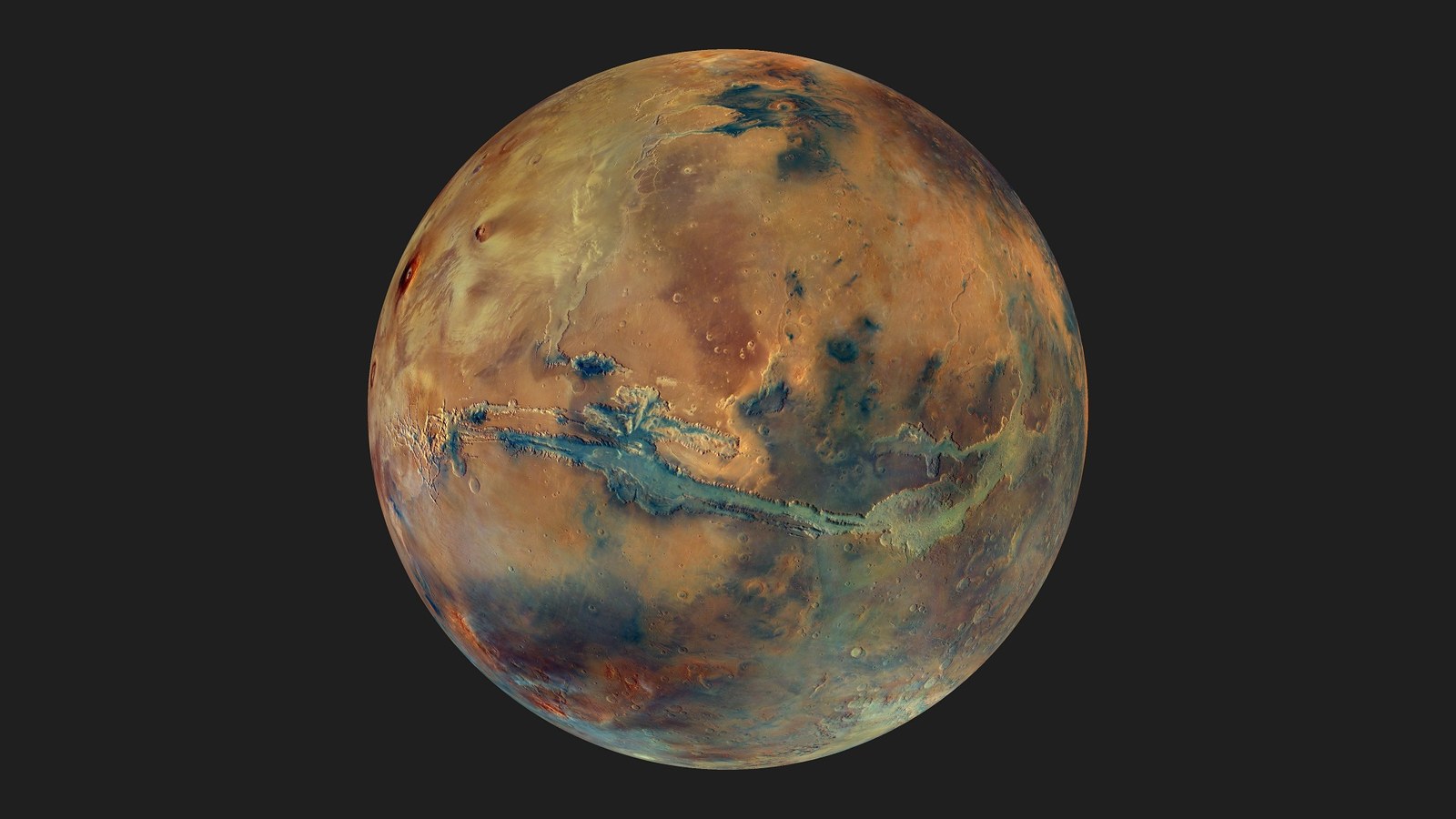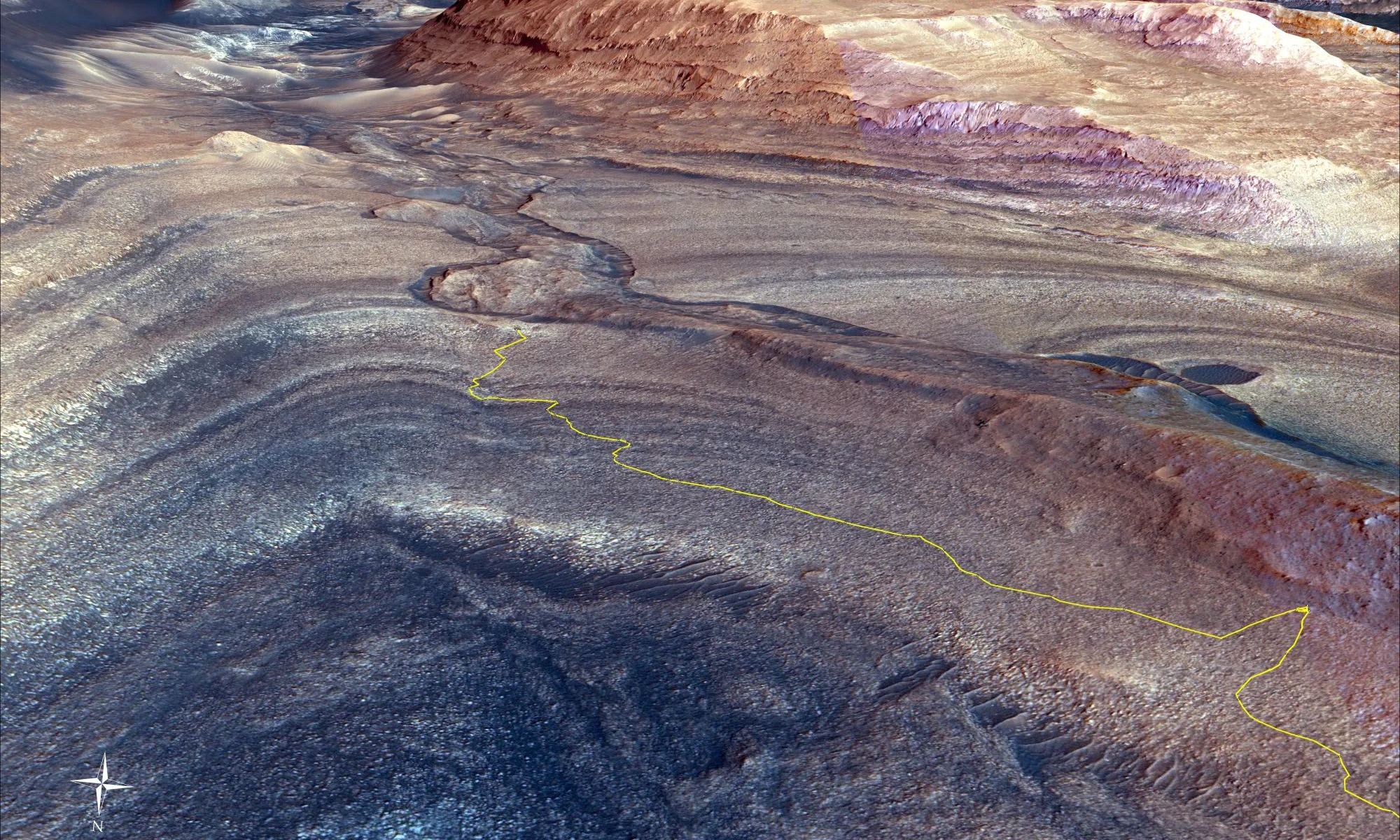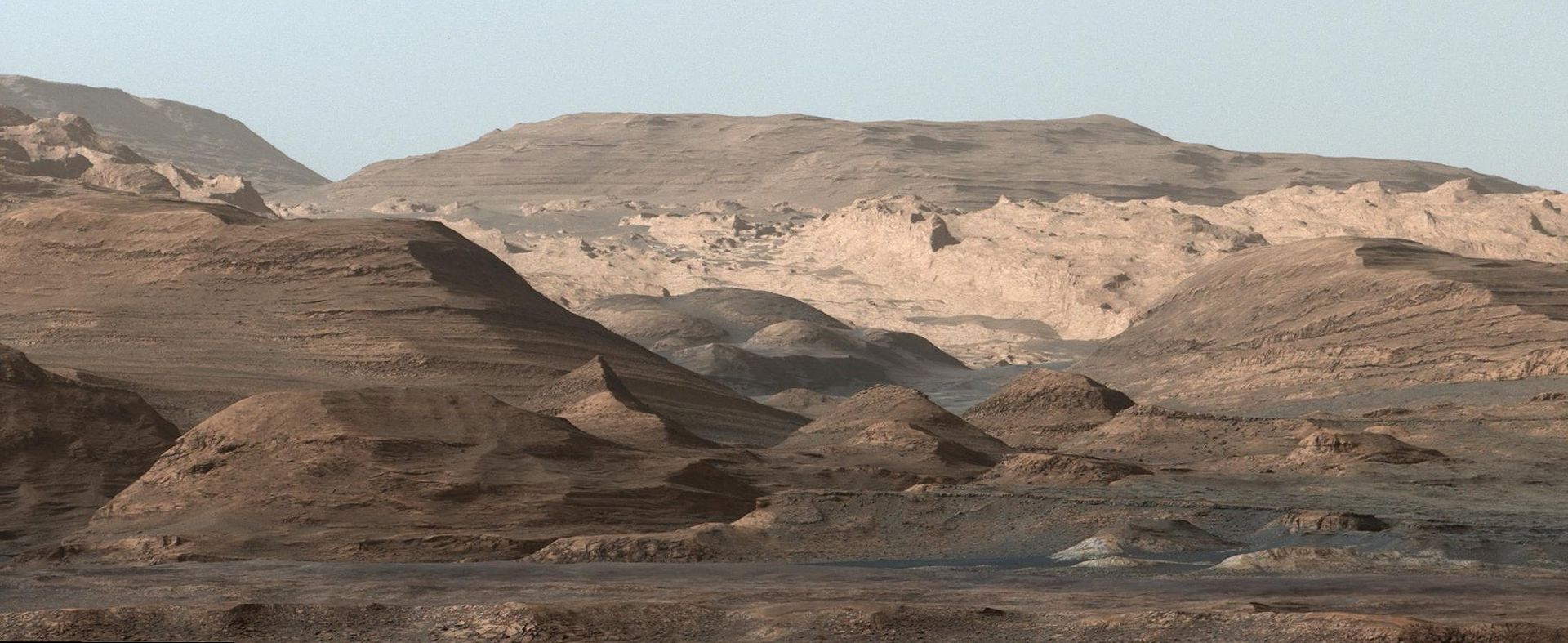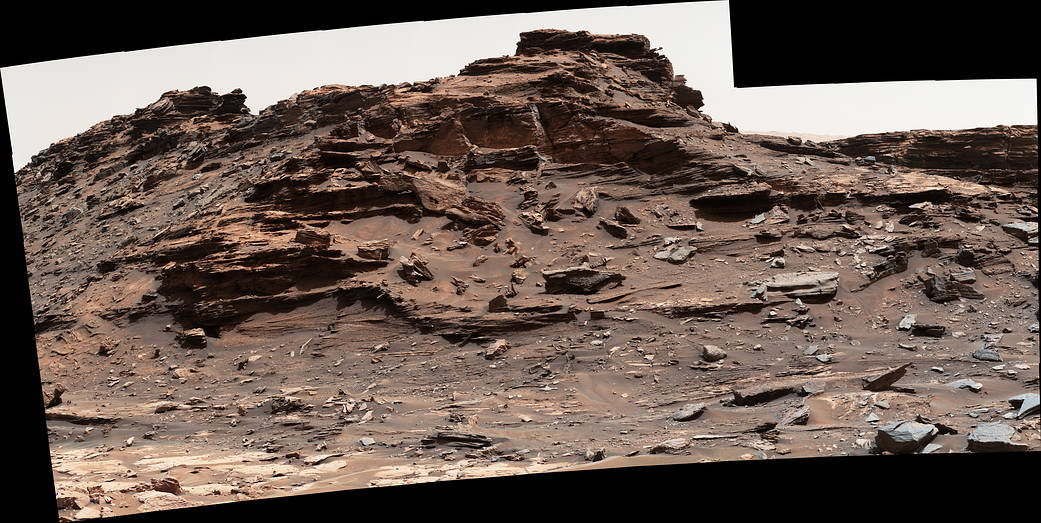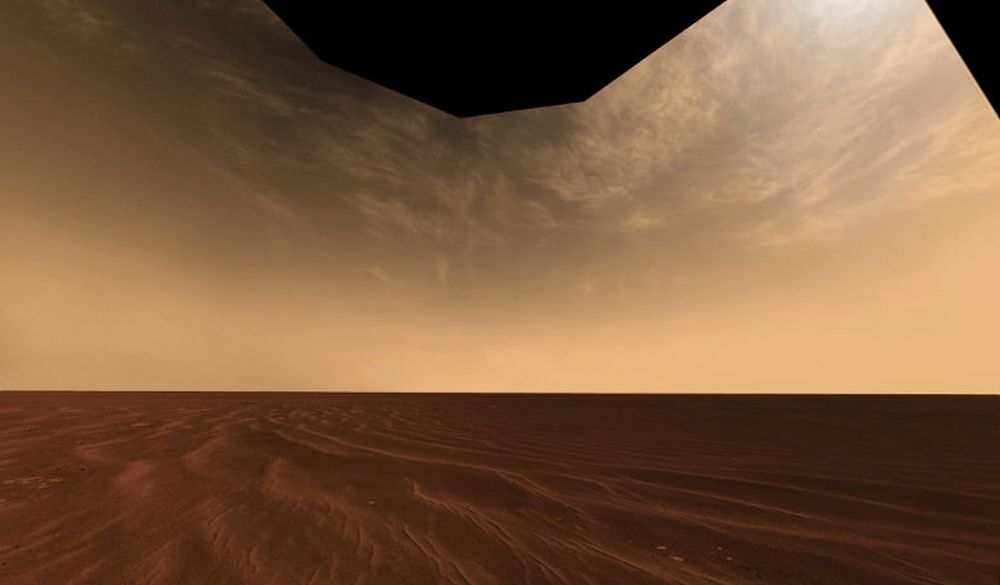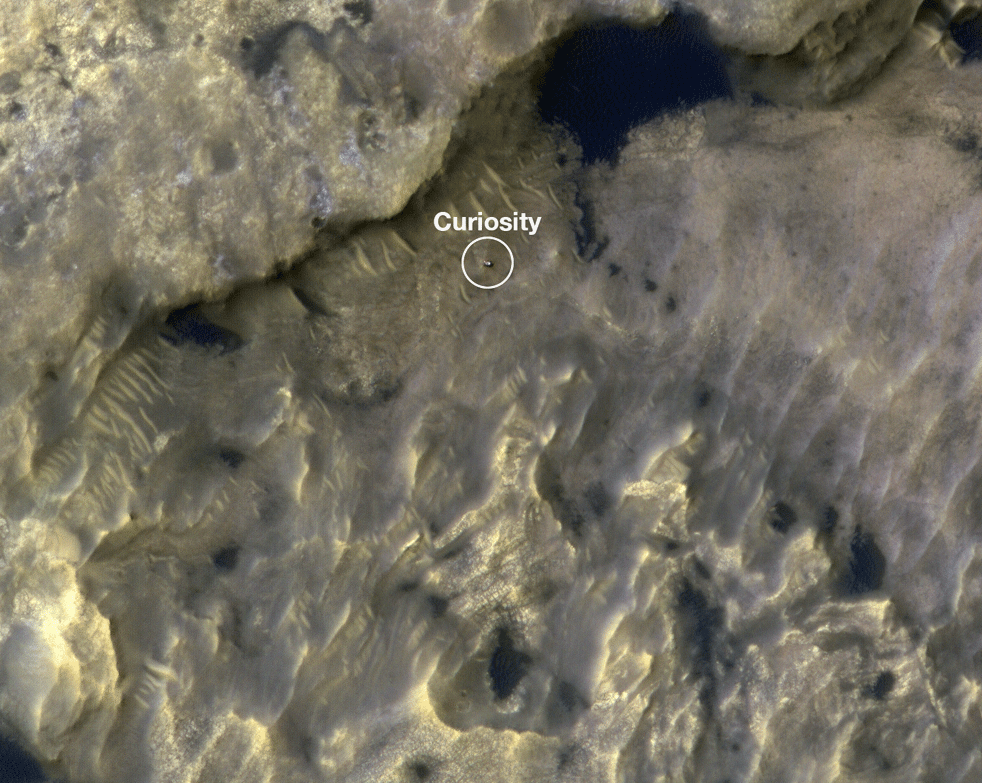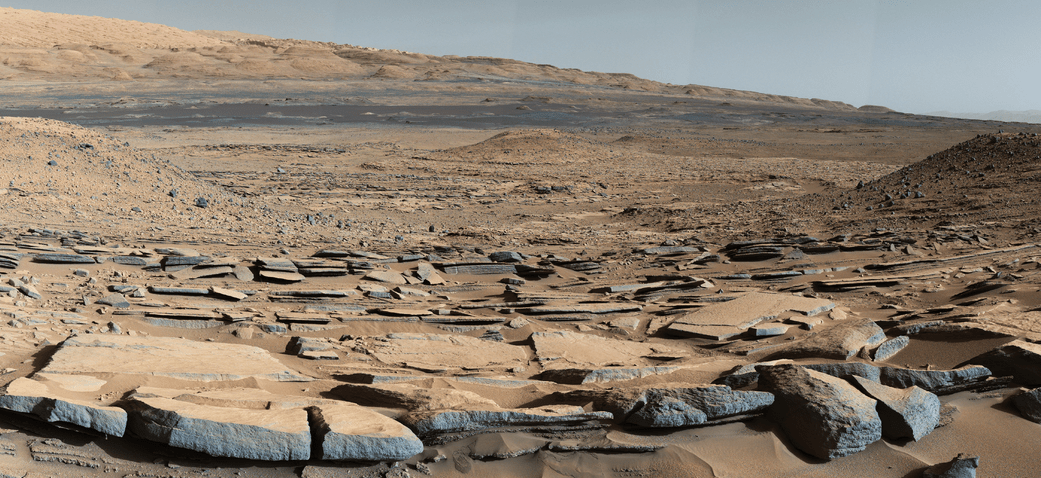The Martian surface shows ample evidence of its warm, watery past. Deltas, ancient lakebeds, and dry river channels are plentiful. When the Curiosity rover found organic matter in ancient sediments in the Jezero Crater paleolake, it was tempting to conclude that life created the matter.
However, new research suggests that non-living processes are responsible.
Continue reading “Life Probably Played No Role in Mars’ Organic Matter”
